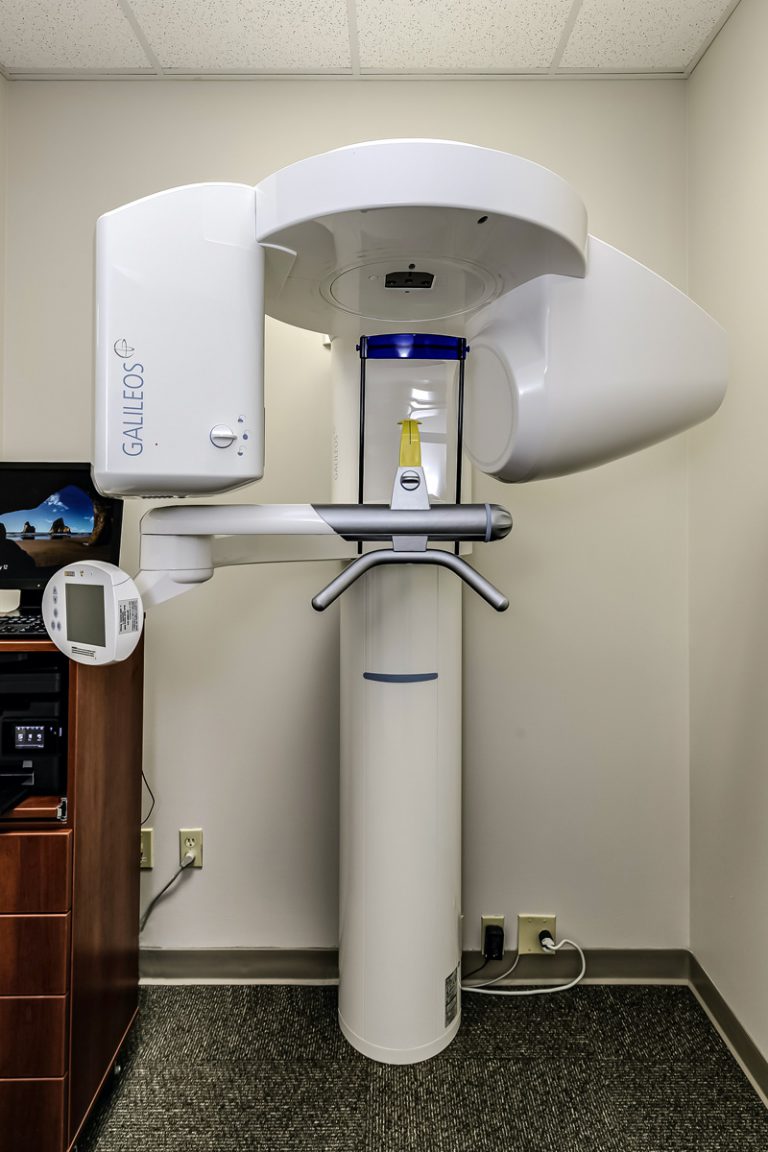To Order Anafranil Online Visit Our Pharmacy ↓

Integrating Therapy: Combining Anafranil with Other Treatments
Personal anecdotes from individuals who have used Anafranil for depression shed light on its real-world efficacy. Despite this, the prescription of Anafranil is approached with caution, given its side effect profile, necessitating a comprehensive evaluation to ensure its suitability for the patient. The decision to prescribe Anafranil over alternative antidepressants often hinges on individual patient needs, response histories, and specific depression characteristics. Mental health professionals, such as psychiatrists or psychologists, are especially beneficial when dealing with the emotional and psychological challenges that may surface. Patients often find themselves balancing the positive outcomes against the potential side effects, which can include but are not limited to, dry mouth, constipation, nausea, dizziness, and in more severe cases, heart-related issues. However, success stories are tempered by accounts of adverse effects, underscoring the complex balance between benefit and burden. For some, Anafranil has been a turning point, marking the end of an exhaustive search for an effective depression treatment.
Physical Activity: a Natural Remedy for Withdrawal Woes
By doing so, Anafranil helps to reduce the obsessive thoughts and compulsive behaviors that characterize OCD. It's essential to have an open and honest discussion with your doctor about your medical history and any concerns you have about starting or switching to Anafranil. Facing anafranil withdrawal, individuals may experience a range of emotional upheavals, from anxiety to mood swings. Techniques such as guided imagery or journaling can also complement mindfulness practices, offering additional pathways to manage emotional turbulence. Anafranil gave her not just relief but a new lease on life. For instance, Anafranil has shown effectiveness in treating obsessive-compulsive disorder (OCD) co-existing with depression, offering a therapeutic advantage in such cases over some SSRIs and SNRIs. By cultivating a routine that includes mindfulness, those undergoing anafranil withdrawal can better navigate the emotional highs and lows, fostering resilience and a more balanced mental state throughout the process.
Navigating Emotional Turbulence with Mindfulness Techniques
Their expertise in adjusting treatment plans is crucial, especially for those experiencing severe or persistent symptoms that interfere with daily life. This holistic method offers a greater chance for acheivement in managing symptoms. Clinical studies have consistently demonstrated its ability to alleviate the core symptoms of this debilitating mental health condition, including low mood, loss of interest, and feelings of hopelessness. Initially approved for treating obsessive-compulsive disorder, its effectiveness in alleviating depression symptoms has made it a subject of interest for healthcare professionals and patients alike. More severe cases might experience flu-like symptoms, insomnia, or vivid dreams, showcasing the body's dependency on the medication for regular functioning. It's important to weigh these potential risks against the possibility of finding relief from depression. It works by increasing the levels of serotonin in teh brain, a neurotransmitter that helps regulate mood and behavior.
The Role of Diet and Hydration in Easing Symptoms
This, in turn, helps reduce obsessive and compulsive behaviors, fostering a better quality of life for patients. Despite the challenges, many emphasize the medication's pivotal role in their recovery, suggesting that for those who can navigate the side effects, Anafranil may offer a substantial uplift in quality of life, reinforcing the message that personal experiences are both uniquely varied and vitally informative. It's essential for those undergoing withdrawal to monitor these changes closely and maintain open communication with their healthcare provider to adjust coping strategies as needed. Anafranil, the antidepressant medication, works by inhibiting the reuptake of the neurotransmitters serotonin and norepinephrine in the brain. These narratives emphasize the subjective nature of treatment response, showcasing the diverse array of outcomes experienced by users of Anafranil. This unique mechanism of action allows Anafranil to effectively alleviate the symptoms of depression by increasing the availability of these crucial mood-regulating chemicals. Anafranil, scientifically known as Clomipramine, has emerged as a significant antidepressant in the realm of mental health treatment.
Anafranil Compared: How It Stacks up to Alternatives
Many recount significant improvements in mood, energy levels, and overall well-being, attributing these changes to the medication. Additionally, understanding Anafranil's side effect profile and how it may interact with other medications you're taking can help you make an informed decision that aligns with your overall wellbeing. This normalization of sleep patterns is vital for the body's overall recovery and resilience. Mindfulness helps in observing one’s feelings without judgment, allowing for a compassionate self-awareness that can significantly mitigate the intensity of withdrawal symptoms. Recieveing her first prescription, she felt a minuscule glimmer of hope. Understanding these withdrawal symptoms is crucial for patients and caregivers to prepare for and manage the discontinuation process properly. Anafranil, known scientifically as clomipramine, operates primarily through the modulation of serotonin levels in the brain, a key neurotransmitter involved in mood regulation.
Transformative Journeys: Personal Narratives on Clomipramine
Ultimately, the choice to use Anafranil should be a collaborative one, tailored to your individual needs and goals for managing your depression. It falls under the category of tricyclic antidepressants (TCAs), a class of medications that increase the amount of serotonin and norepinephrine in the brain by preventing their reabsorption into nerve cells. Anafranil, known generically as clomipramine, has been a beacon of hope for those suffering from major depressive disorder, offering a promising alternative where other antidepressants may fail. Side effects such as dry mouth, dizziness, and weight gain are frequently mentioned, with some individuals finding them manageable, while others deem them a significant drawback. Foods rich in Omega-3 fatty acids, such as fish, flaxseeds, and walnuts, are known for their anti-inflammatory properties and ability to support brain health, potentially mitigating anxiety and depression symptoms. Incorporating these dietary changes, along with regular medical supervision, can significantly aid in the recovery journey. Deciding whether Anafranil (clomipramine) is the right treatment for depression involves a thorough evaluation of your condition by a healthcare professional.
Overcoming Challenges: Common Hurdles and Triumphs
These withdrawal symptoms result from the body's attempt to adjust to the absence of the drug, which had previously altered brain chemistry. Individuals who have incorporated Anafranil into their treatment regimen for depression have shared a range of personal experiences. After starting Anafranil, she noticed a noticable reduction in her symptoms, allowing her to regain control of her daily life. However, the journey with Anafranil is not without its challenges. When it comes to utilizing Anafranil for treating OCD, doctors have a distinct perspective drawn from vast clinical experiance. The evaluation of Anafranil's utility in treating depression necessitates a careful consideration of its side effect profile, especially in comparison to newer antidepressants that often boast a more tolerable side effect spectrum. While SSRIs and SNRIs may be favored for their tolerability, Anafranil's efficacy in severe cases of depression or where other treatments have failed cannot be overlooked.
Weighing the Benefits Against the Side Effects
Embarking on a journey of recovery from Anafranil withdrawal can be significantly enhanced with the incorporation of regular physical activity. Over the years, doctors have observed that integrating both strategies often leads to better patient outcomes. Engaging in exercise not only diverts one's focus from withdrawal symptoms but also stimulates the production of natural painkillers in the body known as endorphins. Initial symptoms may include dizziness, nausea, headaches, and feelings of irritability, which can peak in intensity within the first week. Healthcare providers can offer strategies tailored to individual needs, advice on gradual dose reduction, and can prescribe medications to alleviate specific symptoms. Its effectiveness, as with any medication, can vary from person to person. For example, Sarah, who battled OCD for years, found herself trapped in repetitive rituals and intrusive thoughts.
Seeking Support: When to Consult a Professional
Her transformation wasn't immediate; it required persistence and support from loved ones. Withdrawal symptoms often begin within a few days after discontinuation and can last for several weeks, sometimes extending up to a few months, depending on the duration and dosage of use. It's important to work closely with a healthcare provider to find the right dosage that balances the medication's effectiveness with managing these side effects. Occassionally, supplementary treatments like mindfulness or family therapy are also incorporated to enhance overall well-being. However, its side effects, which can include dry mouth, constipation, and dizziness, among others, may render it less suitable for some patients compared to alternatives with fewer adverse effects. Knowledge about potential withdrawal effects enables individuals to seek timely advice and support, mitigating the intensity of their experience through a carefully planned and medically supervised tapering process. Some individuals may require a gradual increase in Anafranil dosage to allow their body to adjust, while others may need a lower dose or alternative medication if the side effects become too challenging.
Understanding Anafranil: How It Works for Ocd
CBT helps patients identify and alter negative thought patterns while Anafranil addresses the biochemical imbalances. Research has shown that Anafranil's ability to modulate serotonin and norepinephrine levels can help restore the balance and function of the brain's neural pathways, leading to improved mood, energy, and overall well-being in individuals struggling with depression. Yet, for others, the severity and intrusion of the side effects on daily life prompt a reevaluation of treatment options. Your doctor can provide guidance and support in deciding if Anafranil's potential benefits align with your health goals and lifestyle, ensuring the decision made is in your best interest. Embarking on this withdrawal journey without professional input can be likened to navigating a ship through stormy seas without a compass. For some, the benefits of improved mood and functionality outweigh the discomforts, marking Anafranil as a viable option in their treatment plan. Drinking sufficient water, herbal teas, and other non-caffeinated beverages can help maintain the body's hydration levels, aiding in the detoxification process and promoting overall physical well-being.










































